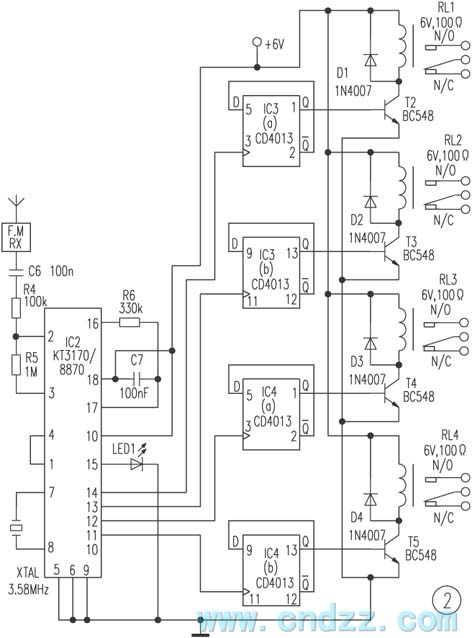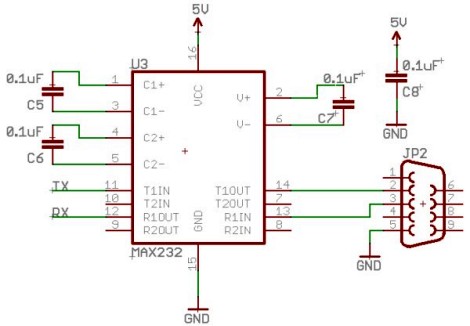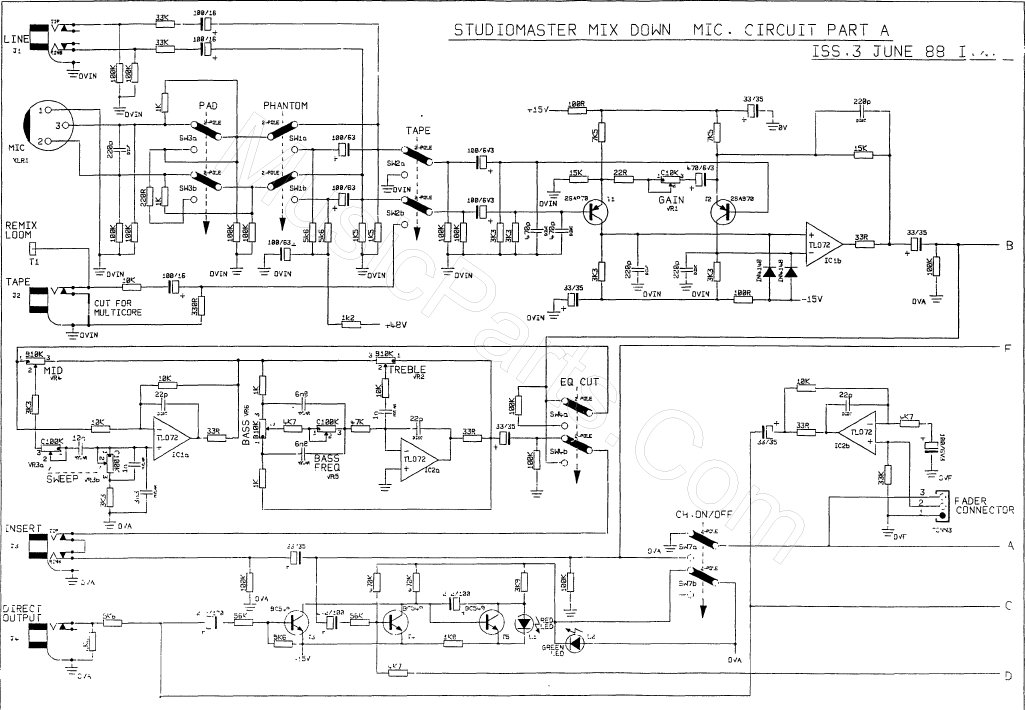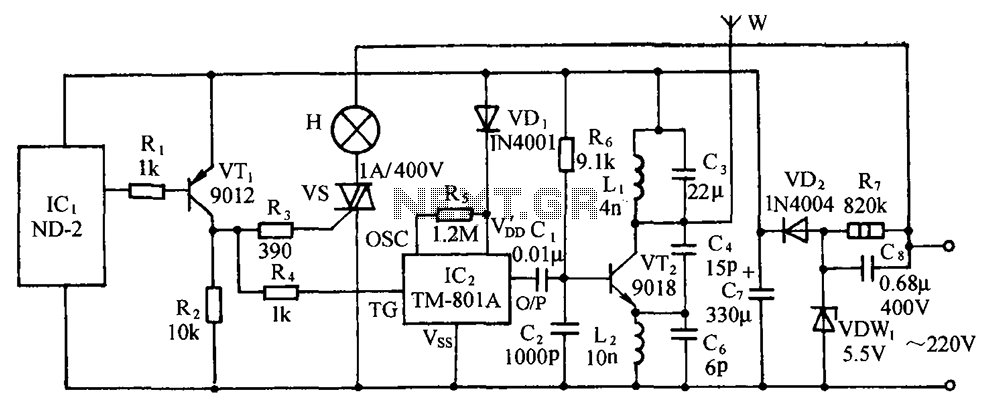
tda7338 fm stereo decoder circuit
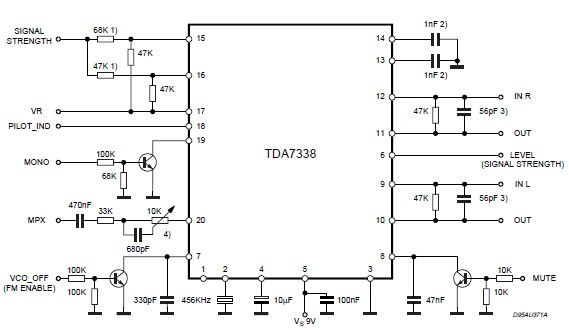
The pilot detector output is configured as an open collector output, requiring an external pull-up resistor. To set the decoder to "MONO," Pin 19 must be clamped to a voltage below 0.8V.
The open collector output configuration allows for multiple devices to connect to a single line without interfering with each other, making it suitable for various applications, including signal detection and logic level interfacing. An external pull-up resistor is necessary to pull the output high when the transistor is not conducting. The value of this resistor should be chosen based on the desired pull-up speed and the load connected to the output.
In the case of the pilot detector, when the output is inactive (the transistor is off), the pull-up resistor will pull the voltage to the supply level, typically Vcc. When the output is active (the transistor is on), it will connect the output to ground, allowing the voltage to drop to a low state.
To force the decoder into "MONO" mode, it is crucial to clamp Pin 19 to a voltage below 0.8V. This can be achieved using a diode or a resistor divider that ensures the voltage at Pin 19 does not exceed this threshold. Clamping prevents potential damage to the decoder and ensures proper operation by keeping the input within specified voltage levels.
In summary, the pilot detector's open collector output and the requirement for clamping Pin 19 are critical for ensuring reliable operation of the decoder in mono mode. Proper selection of the pull-up resistor and clamping method is essential for achieving desired performance and protecting the circuit components.The pilot detector output is designed as an open collector output, therefore an external pull up resistor is needed. To force the decoder to "MONO" Pin 19 has to be clamped to a voltage below 0. 8V. 🔗 External reference
The open collector output configuration allows for multiple devices to connect to a single line without interfering with each other, making it suitable for various applications, including signal detection and logic level interfacing. An external pull-up resistor is necessary to pull the output high when the transistor is not conducting. The value of this resistor should be chosen based on the desired pull-up speed and the load connected to the output.
In the case of the pilot detector, when the output is inactive (the transistor is off), the pull-up resistor will pull the voltage to the supply level, typically Vcc. When the output is active (the transistor is on), it will connect the output to ground, allowing the voltage to drop to a low state.
To force the decoder into "MONO" mode, it is crucial to clamp Pin 19 to a voltage below 0.8V. This can be achieved using a diode or a resistor divider that ensures the voltage at Pin 19 does not exceed this threshold. Clamping prevents potential damage to the decoder and ensures proper operation by keeping the input within specified voltage levels.
In summary, the pilot detector's open collector output and the requirement for clamping Pin 19 are critical for ensuring reliable operation of the decoder in mono mode. Proper selection of the pull-up resistor and clamping method is essential for achieving desired performance and protecting the circuit components.The pilot detector output is designed as an open collector output, therefore an external pull up resistor is needed. To force the decoder to "MONO" Pin 19 has to be clamped to a voltage below 0. 8V. 🔗 External reference
Warning: include(partials/cookie-banner.php): Failed to open stream: Permission denied in /var/www/html/nextgr/view-circuit.php on line 713
Warning: include(): Failed opening 'partials/cookie-banner.php' for inclusion (include_path='.:/usr/share/php') in /var/www/html/nextgr/view-circuit.php on line 713

